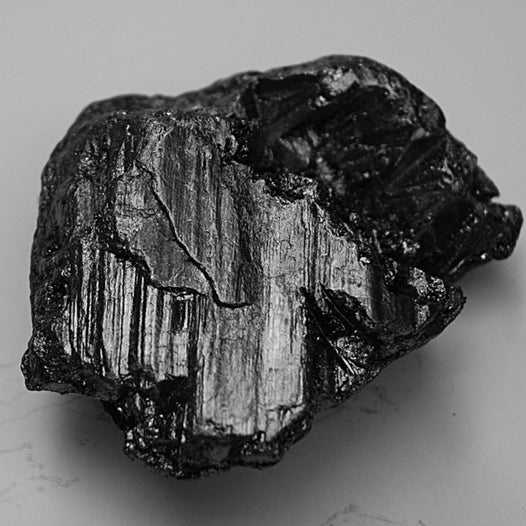
What is the best steel for a knife ?
Introduction In the knife making the steel represents the soul of the knife, which is determined by such factors as edge retention of sharpness, corrosion resistance, ductility (strength) and ease...

Introduction In the knife making the steel represents the soul of the knife, which is determined by such factors as edge retention of sharpness, corrosion resistance, ductility (strength) and ease...

Why people favor Elmax steel on their knives? Elmax is a stainless steel that’s earned a loyal following among knife makers and collectors for a simple reason — it performs well across the board. Produced by Böhler-Uddeholm using powder metallurgy,...
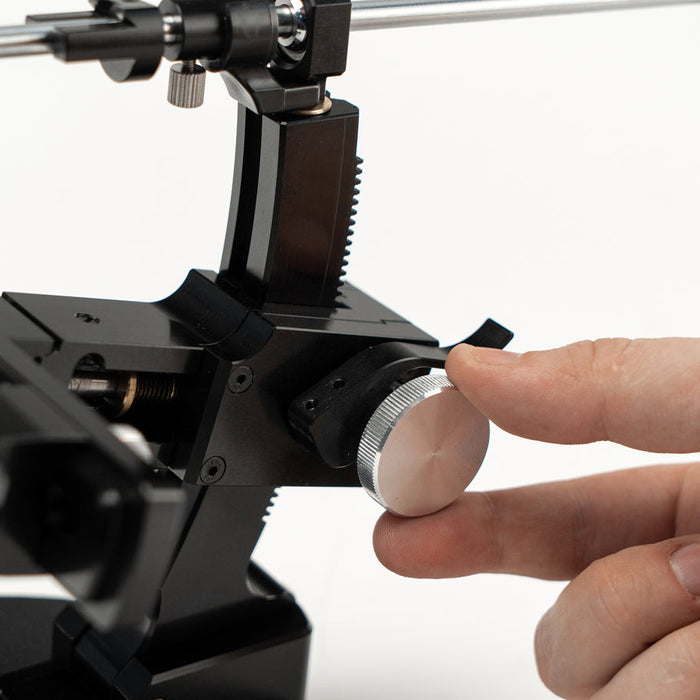
Introduction The sharpening angle determines how your knife will perform: too steep, and you gain razor-like keenness but sacrifice durability; too wide, and you get toughness but lose slicing efficiency. Finding the right balance depends on the knife’s purpose, steel,...
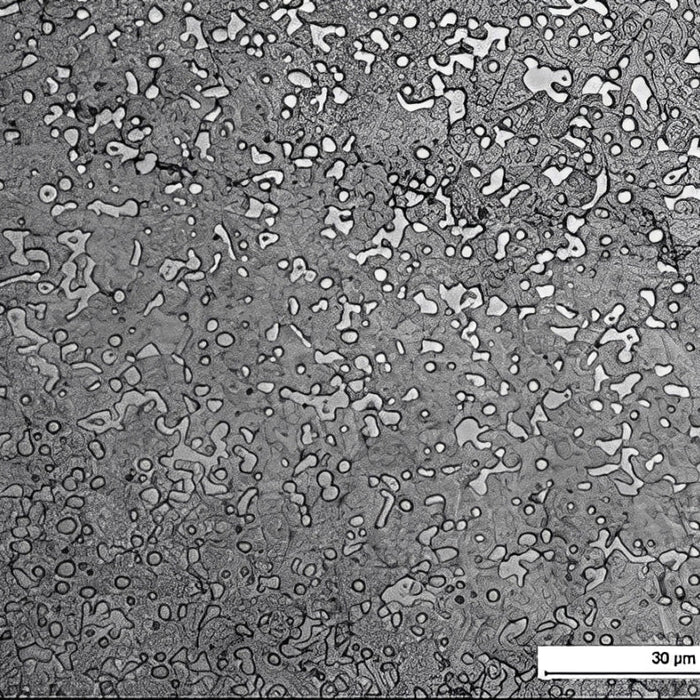
Brief background When choosing any knife, steel is one of the key factors that determines sharpness, toughness, wear resistance, and corrosion resistance. One of these knife steels is CPM S30V steel. CPM S30V steel is a premium-grade stainless vanadium powder...
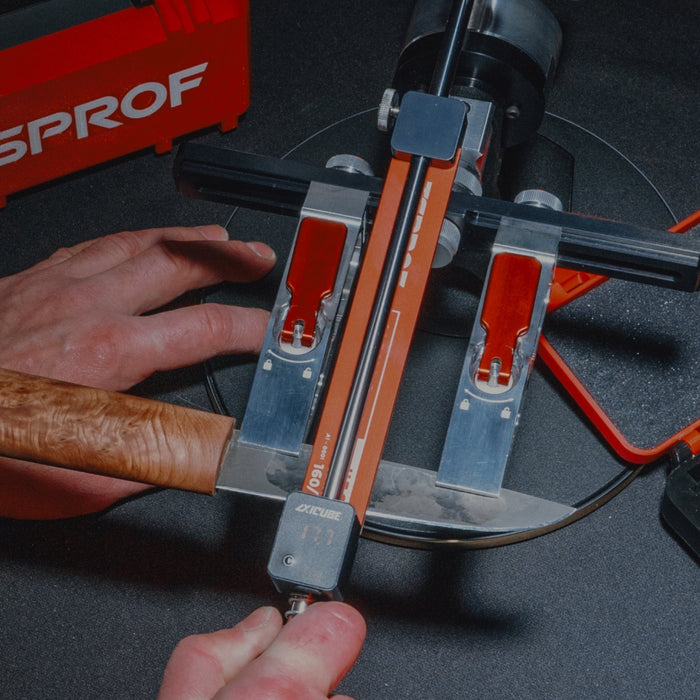
What happens during sharpening Before we start talking about the sharpening direction of any cutting tool, whether it’s a knife or a woodworking tool, it is extremely important to first understand: why this question arises at all, and how knife...

Noblie Custom Knives × TSPROF: Official Dealer Announcement, Product Showcase, and Sharpening Synergy When a bladesmith renowned for carving stories into steel teams up with the engineers who turned knife-sharpening into a science, the result is more than a business...

Is everything really so easy with budget sharpening devices? Anyone working in the kitchen would appreciate using a properly and well-sharpened knife. Naturally, if the sharpening process itself and the tools involved are both easy to understand and budget-friendly in...

Why it’s convenient and correct to use sharp knives Why are sharp knives not dangerous, while dull knives are uncomfortable and hazardous? A properly sharpened and sharp knife is safe and comfortable to use because there’s no need to apply...

Why do you need a knife from the mid-price segment? To start, when thinking about the best knife, best series, or knife set in the mid-price segment, it makes sense to realize that the question isn't really about money, but...

When starting the review of sharpeners for pocket knives, the phrase that immediately comes to mind is popular among knife enthusiasts and even repeated by professionals in the knife business: the best knife is the one you currently have in...
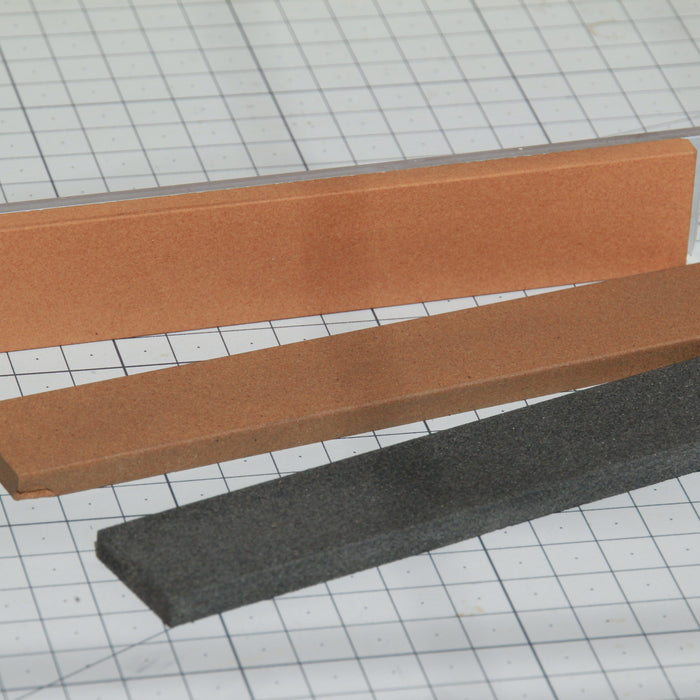
Briefly on abrasive grit The grit of an abrasive material, in our case a sharpening stone or whetstone, should be understood as the average size of grinding particles within a fraction, measured in specific units. If we speak about choosing...
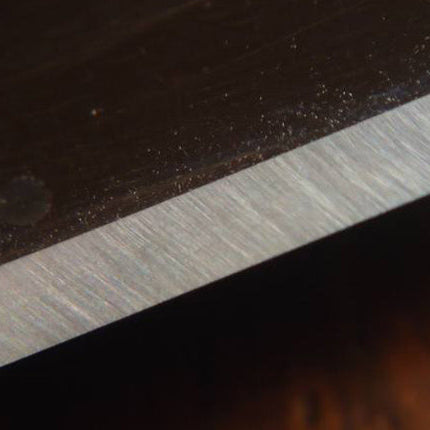
Introduction How often should you sharpen your knives? We will try to answer this question. It also naturally raises another question of why your knife must remain sharp. Firstly, using a sharp knife requires minimal effort regardless of the task...
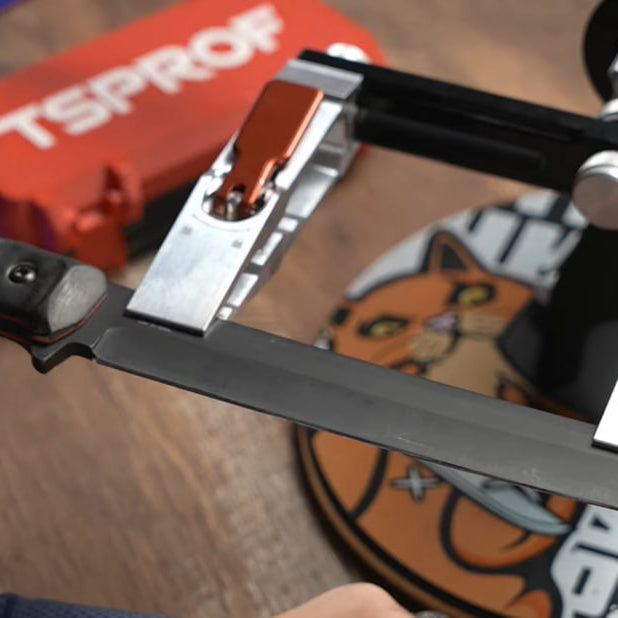
Brief History The machete as a tool, according to various sources, has been known from historical records approximately since the mid-16th century. According to some data, the machete possibly existed as early as the 13th century and is somewhat related...
{"one"=>"Select 2 or 3 items to compare", "other"=>"{{ count }} of 3 items selected"}